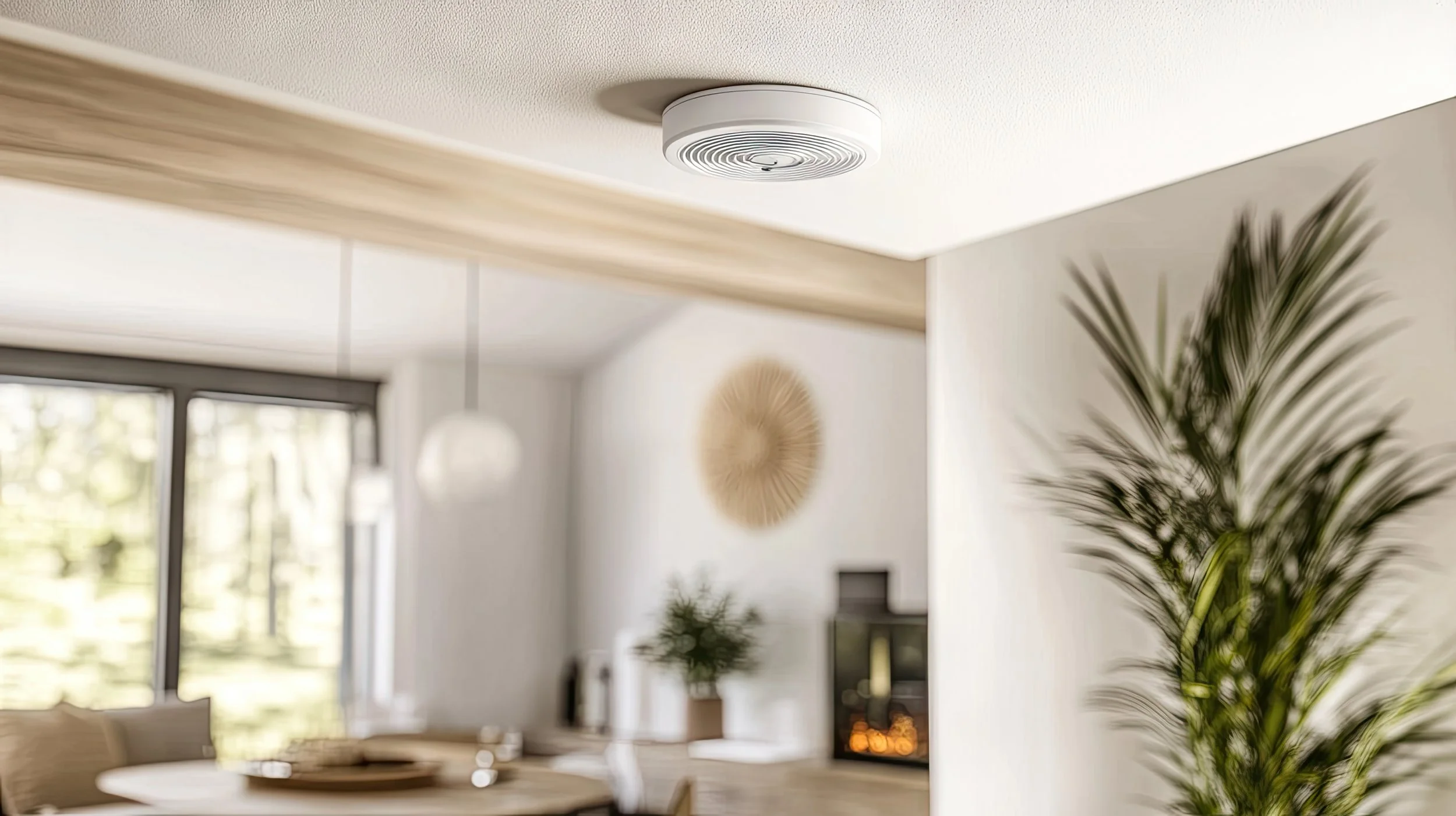Home Hardening Checklist
Protecting homes and buildings from fire is a critical aspect of safety and preparedness. Effective fire protection involves a combination of detection, suppression, fire-resistant construction materials, and smart landscaping and planning. Key components include smoke and carbon monoxide detectors, sprinkler systems, and fire extinguishers that help detect and control fires early. Building with fire-resistant materials and maintaining defensible space around a property can significantly reduce fire risk. Additionally, implementing fire alarms, emergency escape plans, and fire-resistant landscaping adds layers of protection that enhance overall safety.
Fire Detection and Suppression
Smoke detectors: Devices that detect smoke and alert occupants of potential fires.
Carbon monoxide detectors: Devices that detect carbon monoxide and alert occupants of potential dangers.
Fire sprinkler systems: Automatic systems that suppress fires.
Fire extinguishers: Portable devices that can put out small fires.
Fire-Resistant Materials
Fire-resistant roofing materials: Materials that can resist ignition and spread of fires.
Fire-resistant siding: Siding materials that can withstand exposure to flames.
Fire-resistant doors and windows: Doors and windows designed to resist fire and heat.
Defensible Space
Defensible space maintenance: Clearing vegetation and debris around homes to reduce fire risk.
Firebreaks: Creating breaks in vegetation to slow or stop the spread of wildfires.
Other Fire Safety Features
Fire alarms: Systems that alert occupants and emergency services of potential fires.
Emergency escape planning: Creating plans and routes for safe evacuation in case of a fire.
Fire-resistant landscaping: Using plants and materials that are resistant to ignition and spread of fires.

